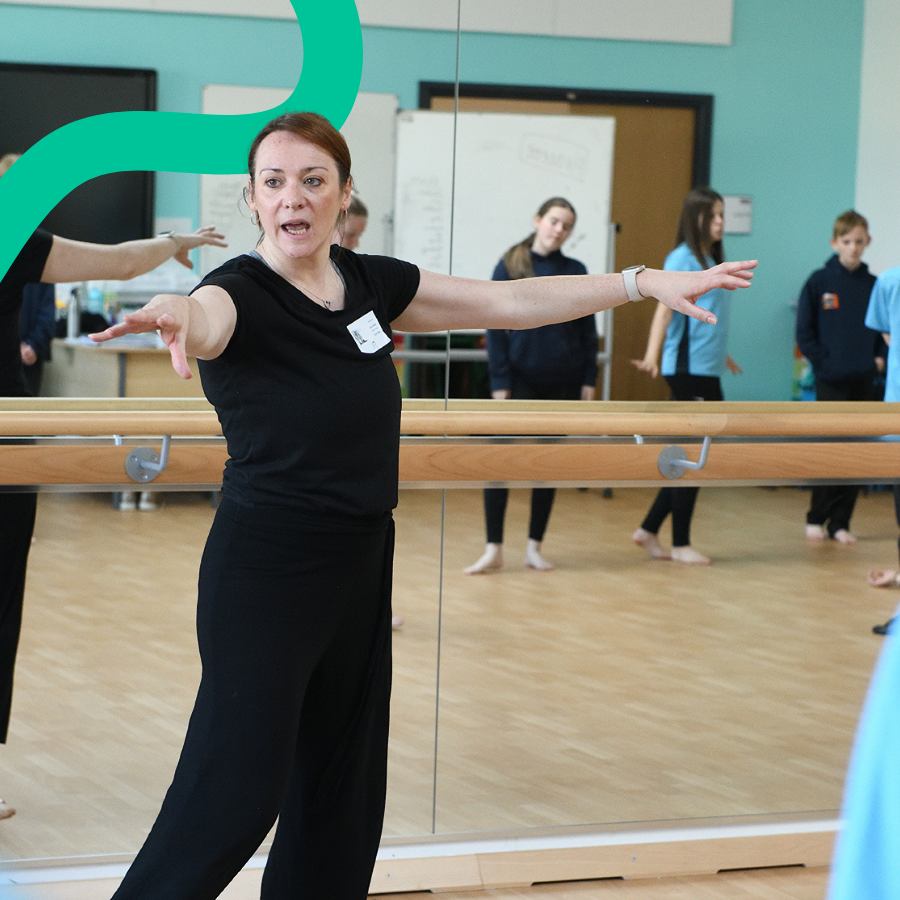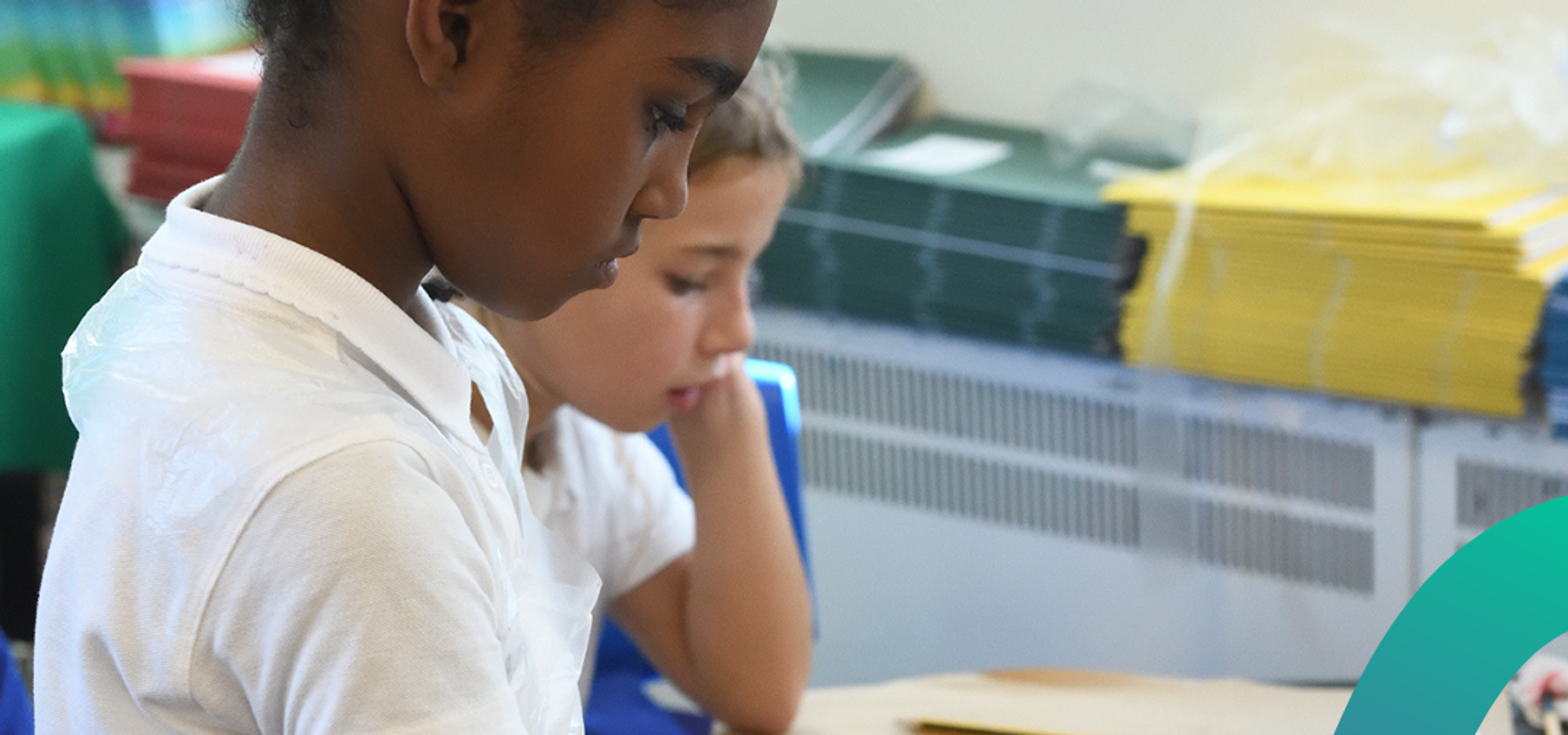
Who gets to be creative?
The growing inequality in Arts education: reflections on the CLA 2025 Report Card
Wednesday 2 April 2025
Not because its findings are surprising but because they confirm, with precision and evidence, what so many of us have instinctively known for years: that the arts are disappearing from the lives of young people. This is happening unevenly, unfairly, and with consequences we still don’t fully grasp.
The Report Card introduces the term 'Arts entitlement gap,’ which is a phrase I’ll carry with me because I’ve seen what it describes. I’ve seen the difference in access and opportunity depending on where a child grows up, what their school can afford, or what their family can stretch to outside the school gates. I’ve watched creative potential stifled by systems that prioritise standardisation over self-expression. I’ve also seen what happens when a young person finds their voice in a rehearsal room, a dance studio, behind a camera lens or with a paintbrush in hand.
The transformation is real. And it lasts. This isn’t because of ability, interest, or need. It’s structural. It’s political. It’s about priorities.
What strikes me most in the data isn’t just the decline in GCSE and A-Level entries for Arts subjects, but who that decline is affecting. The young people who could benefit most from an arts-rich education are the ones now least likely to receive it.
The Arts Enrichment Gap
The Report also highlights another injustice: the ‘Arts enrichment gap’ which is not just about what happens in the classroom, but what’s available after the bell rings. Who gets to go to the theatre, join a youth orchestra, take part in summer arts programmes? Who even knows these opportunities exist?
The decline in extracurricular arts opportunities, along with the disparity in access between the haves and the have-nots, has always existed but has been exacerbated by the fact that a broad, balanced, and rich cultural entitlement no longer exists within the curriculum.
The young people who could benefit most from an arts-rich education are the ones now least likely to receive it.
I have spent my career advocating for the power of cultural learning, not as a ‘nice-to-have’ but as a right.
I can’t help but feel a sense of déjà vu and find the fact that we are still having to fight for equitable arts and cultural education, intolerable and exhausting. Some of the steps the new government is taking will be effective - if a joined-up, strategic approach is adopted. For example, if they insist on the minimum of four hours of expressive arts per week, as suggested by the CLA in the Curriculum Review, then the proposal requiring Academy Trusts to follow the National Curriculum could have a significant impact.
Alongside this, a fundamental change to the accountability measures is required. We all know that, regardless of statements affirming that all pupils should receive a broad and balanced curriculum, the reality is that it is only the core subjects that are measured. Since league tables only report on those subjects, that is where schools focus their energy and resources.
The EBacc must go. It has had a horribly pernicious effect on arts subjects.
This won’t be a quick fix. As the report states, it will take at least two parliaments to rebuild what has been dismantled. The government has said its reforms will be an evolution, not a revolution, but they need to be radical.
If we were starting from scratch, no one would design the current English education system. We can’t just tinker at the edges; we need to take a systems-level approach, with the child or young person at the heart of everything we do.
We need a shift in belief. A return to the idea that creativity is not a luxury but a necessity. That every child deserves the chance to imagine, express, and make meaning of the world through art.
Because all children and young people deserve more than test scores and narrow curricula. They deserve space to dream.



